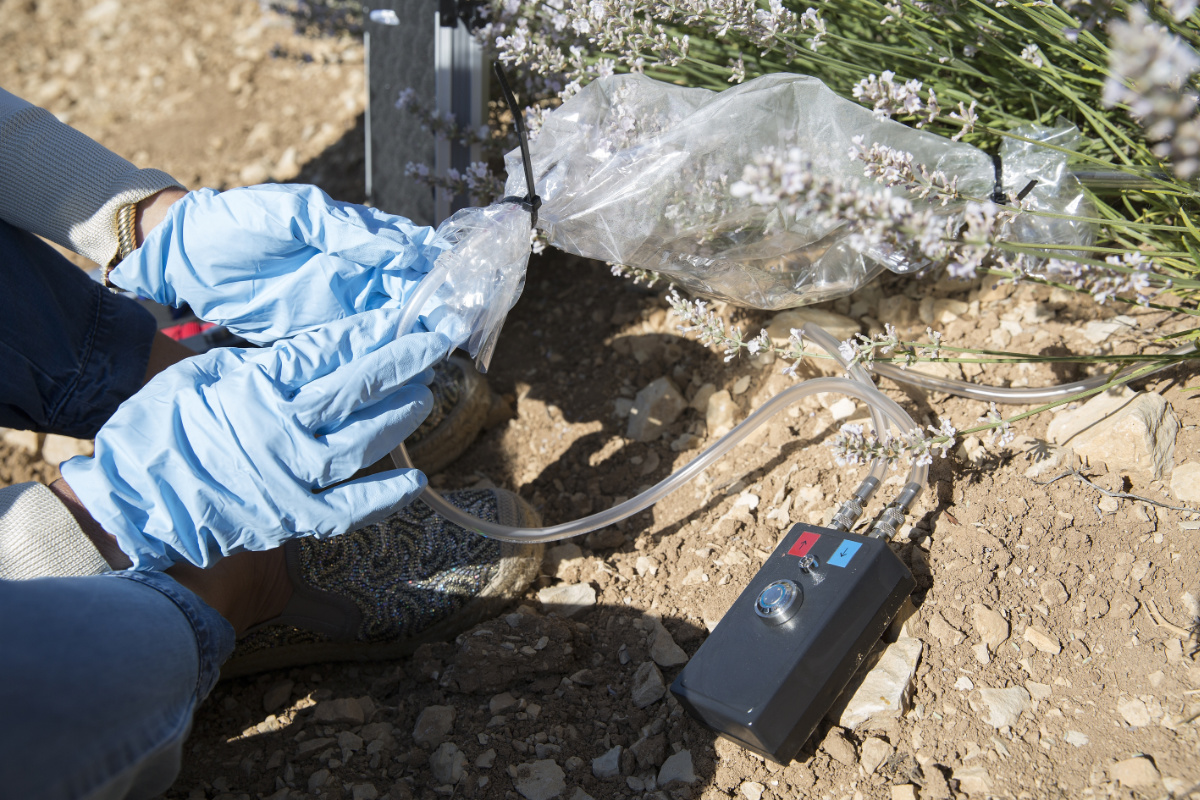At the end of the 1990s, Symrise was looking for a process to extract fragrance and aroma molecules from water phases without changing the flavor profile. This search resulted in Symtrap – an innovative and sustainable process that has turned by-products into a new raw material segment for Symrise. On top of this, the process produces few emissions.
The story of the Symtrap process is one of innovation and sustainability. Since its development at the end of the 1990s and its subsequent patenting, Symrise has used Symtrap to produce hundreds of flavors and fragrances, revolutionizing the way the company handles raw materials.
In 1997 Ingo Reiss, Director of Manufacturing & Technology at Symrise at the time, was tasked with finding a process to extract flavorings from the phases of water without changing the flavor profile. Development took a year. At the time, nobody knew the full potential of technology, particularly as regards sustainability.
In simple terms, Symtrap makes use of the water phases that are left over from distillation and normally would not be reused. These water phases still contain valuable fragrance and aroma molecules that were obtained through a complex process. The liquid passes through an adsorber column in which the molecules remain suspended at specific temperatures or pressures and are then dissolved out using a food-grade extraction agent.

The best part is that the process requires hardly any energy and only a little solvent, making it practically energy neutral. What’s more, it utilizes raw material flows that were previously considered waste. Not only does this open up an entirely new raw material segment for Symrise, it also counts towards its stated aim to save resources in production. But Symtrap has also proved to be a real sustainability revolution for another reason: water purification. During the production of essential oils, a lot of fragrance remains in the hydrolate. Symtrap can remove this fragrance so that the water reaches the treatment plant cleaner.
The development of Symtrap was characterized by experiments and the search for the right adsorbent for the adsorber columns. The choice of agent is crucial, as it has to extract the relevant molecules from the water and tolerate a high load. The first prototypes had a capacity of 20 liters.
Today, 300-liter columns are standard, while the largest columns have a capacity of up to 1,200 liters. Today, Symtrap is used across segments at Symrise. Scent & Care, for example, has been using the process for several years to manufacture natural fruit and vegetable fragrances for perfumes, which had previously been difficult. The result is more authentic, natural-smelling products.
Work is currently underway on the next development of the process, which will avoid the use of alcohol or solvents. The primary goal here is to be able to better serve the market for products that are kosher and halal in future. In this refinement of the process, steam is used to desorb the flavorings.
Symtrap is a prime example of how technological innovations not only bring economic advantages, but can also make a significant contribution to sustainability. By utilizing waste products and reducing emissions and transport costs, Symrise shows what responsible and future-oriented production can look like. This technology is ready to further revolutionize flavor production and set new standards in the industry.
